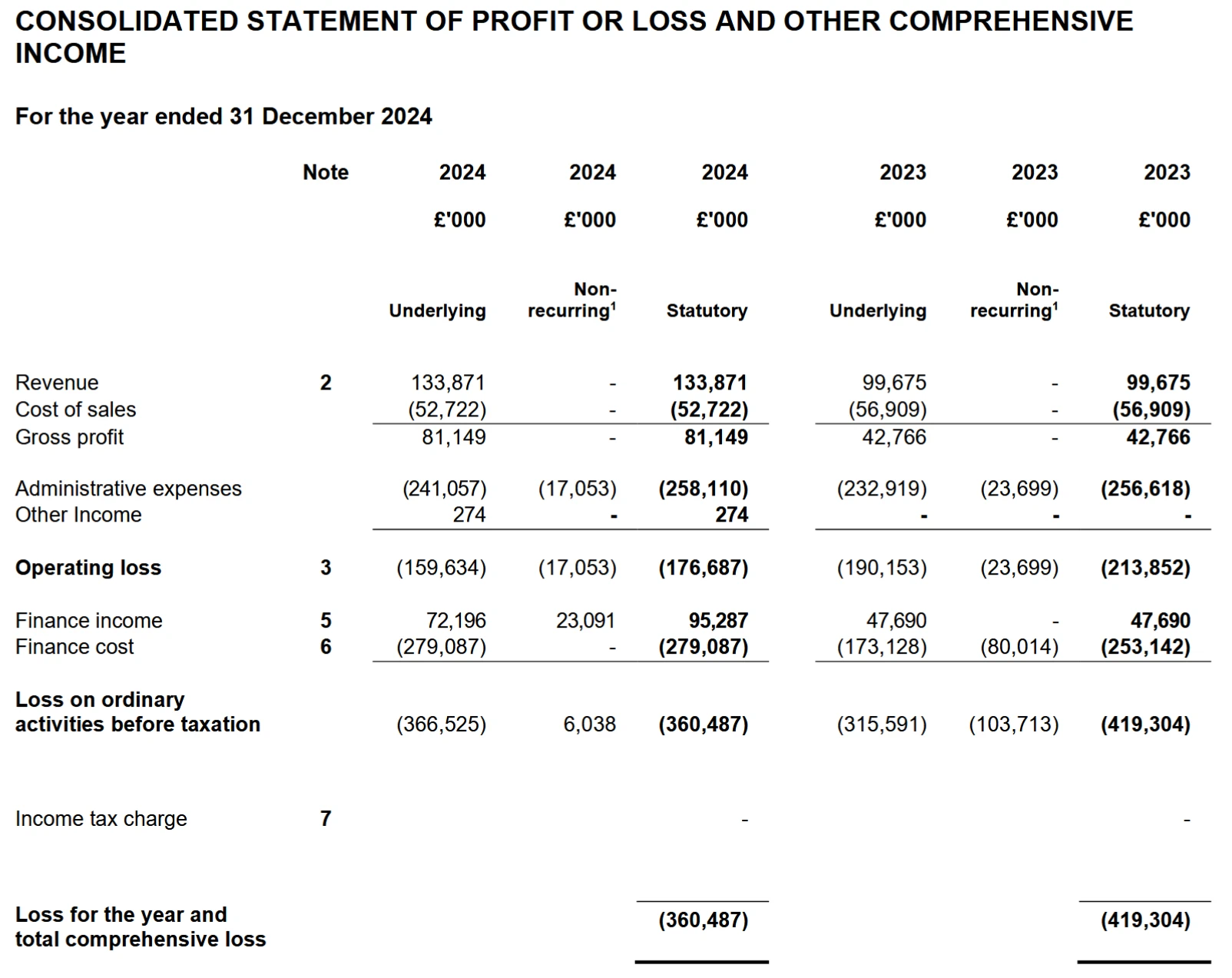Original article ISPreview UK:Read More
The UK’s largest alternative full fibre (FTTP) broadband ISP network, CityFibre, has today published their latest results and revealed that they now cover 4.6 million premises and have seen record growth in customer connections, with 108,000 customers connected in Q3 2025 (up from 58k in Q2) to total 730,000.
CityFibre has long aspired to reach up to 8 million UK premises – representing c.30% of the UK, but their original target of hitting that by the end of 2025 will be missed. Instead, they’ve more recently been looking to boost coverage via greater consolidation of rival networks (here and here) and coverage expansion under c.£860m worth of Project Gigabit contracts (state aid), while also having to deal with some of the same pressures as many other networks (e.g. high interest rates, rising build costs and competition).
Despite those challenges, the operator recently secured a crucial UK funding agreement worth £2.3bn (here) and also saw major ISP Sky Broadband begin to offer services over their network to consumers at speeds of up to 5Gbps (here). The latter seems likely to be what has helped to give CityFibre a record quarter in customer growth.
The operator has today also reported that their Q3 2025 revenue was £43m, (Q3 2024: £34m), with an annualised run rate of £172m, up 26% year-on-year. Adjusted EBITDA was £7.6m in Q3 2025, (Q3 2024: £1.4m) up more than five times year-on-year, and now at an annualised run rate of £30m.
Simon Holden, CEO of CityFibre, said:
“Our rate of customer growth has real momentum, with our ISP partners making the most of CityFibre’s market-leading services and growing across our full fibre network.
We are proving the strength of CityFibre’s wholesale business model as we reach an inflection point, with our recent financing providing the firepower to significantly expand our reach through acquisitions and bring world-class digital infrastructure to people, businesses and communities across the UK.”
As well as posting a limited and somewhat sanitised summary of their latest quarterly results, CityFibre have today also published their annual group accounts to the end of December 2024 (here). This reveals that total revenue for the year grew to £134m (2023: £100m), while their operating loss fell to £176.6m (2023: £213.8m) and Adjusted EBITDA (earnings before interest, taxes, depreciation, and amortisation) achieved a profit of £6m (2023: £55m loss).
However, underlying net finance costs, comprised of finance income of £72m and finance costs of £279m, did increase by £82m (2023: £125m) driven by increased use of their facility to support capital expenditure, combined with rising interest rates, the impact of which was partially mitigated by hedging arrangements in place.
The company also reported having total assets worth £4.75bn, total liabilities of £4.22bn and the average number of staff employed (including Directors) by the Group ended the year on 1,594 (2023: 1,876).








